A Stroll Through Time: Archaeology of the Tyne
16/12/2016 | Angus Stephenson (Citizan volunteer)
The mouth of the River Tyne looks harmless enough on days like this but historically it has been very dangerous for shipping, with the most dangerous areas being the Black Middens rocks near the Collingwood Monument at Tynemouth on the left, northern, side of the photo below, and the Herd Sands, just beyond the red Herd Groyne lighthouse on the right, in South Shields. Citizan recently, (in late 2016), organized an event to report on their work recording the remains of the early lifeboat stations at the river mouth and to visit the area in the company of former long-serving RNLI coxswain, Martin Kenny.

One of the historical problems with navigation at the mouth of the Tyne was that the position of underwater sand bars might shift tidally over time. A partial solution was sought by way of constructing two towers, “lighthouses”, the “High” and “Low Lights”, which would indicate the safe channel into the river, when lined up from out at sea. The first version of the twin tower alignment was built in the reign of King Henry VIII in the early 16th century and they were subsequently rebuilt several times as the sand bars changed position. The photo below shows Martin Kenny with some of the Citizan group in front of the white tower, which is the early 19th century version of the Low Light. Two versions of the High Lights, the white towers, can be seen on the skyline behind.
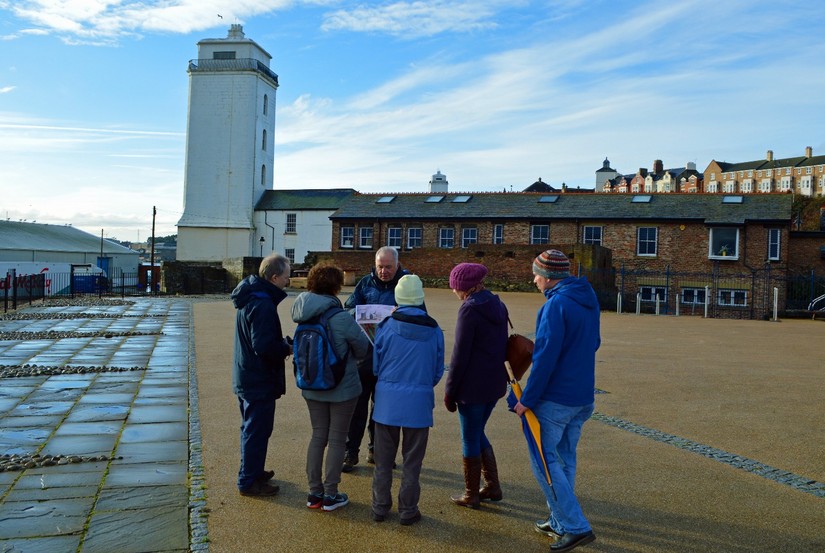
In 1667 during the Second Anglo-Dutch War, the Dutch fleet successfully sailed up the River Medway near London, did some heavy damage to the English fleet and delivered a political and military shock to the system of the government of the day. The construction of Clifford’s fort at North Shields was part of the late 17th century national response to make sure that the Tyne did not suffer at the hands of the Dutch in the same way as the Medway. The Low Light buildings lie within Clifford’s Fort and some of them are now part of the local charitable trust heritage centre.
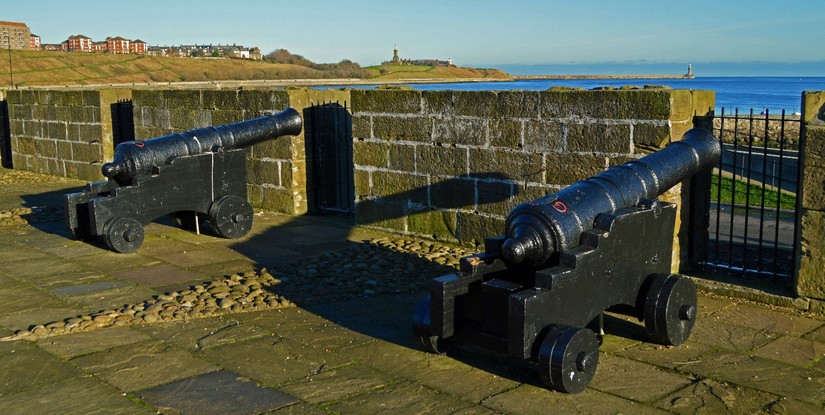
The Black Middens are jagged rocks which are usually hidden under water at high tide. They have claimed a surprisingly large number of lives, considering that they are so close to the shore. One of the most notorious incidents occurred in November 1864, when two ships, the “Stanley” and “Friendship” were grounded on them, and 32 lives were lost. The Tyneside Volunteer Life Brigade was formed as direct result and continues to operate today, although helicopters tend to be used more frequently than the historical rockets and breeches buoys nowadays.
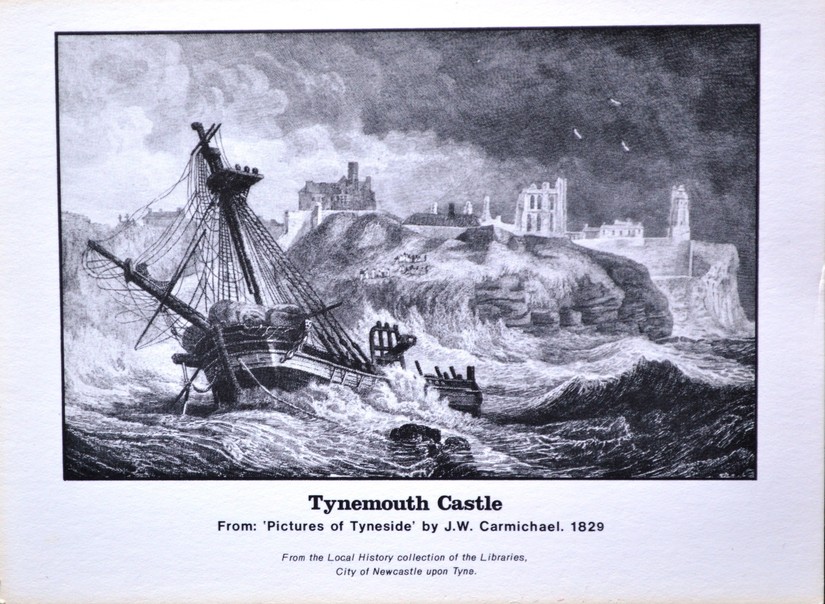
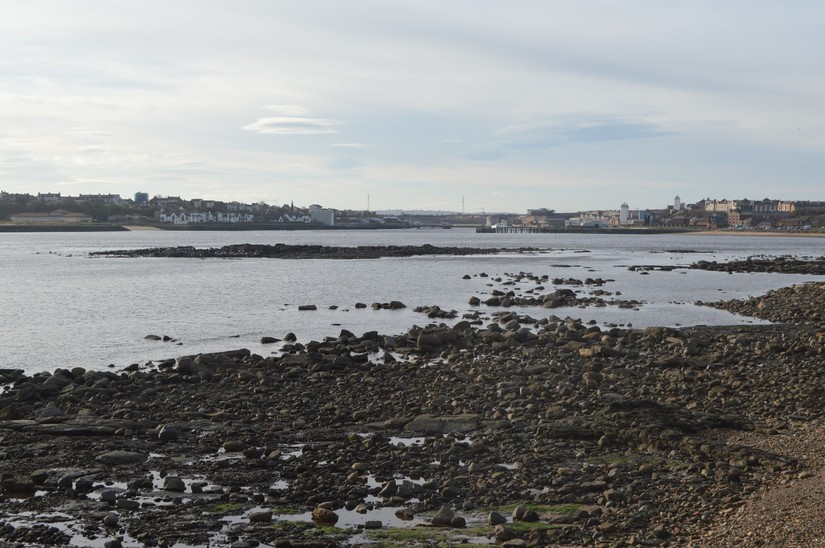
The Tynemouth Lifeboat Society was established in 1790, and there were two lifeboat houses in Tynemouth, Number 1 in Prior’s Haven, the bay immediately south of the castle and priory, opened in 1862, and Number 2 close to the Black Middens. There are several overlapping organizations associated with marine lifesaving in Tyneside and helpers are often members of more than one.
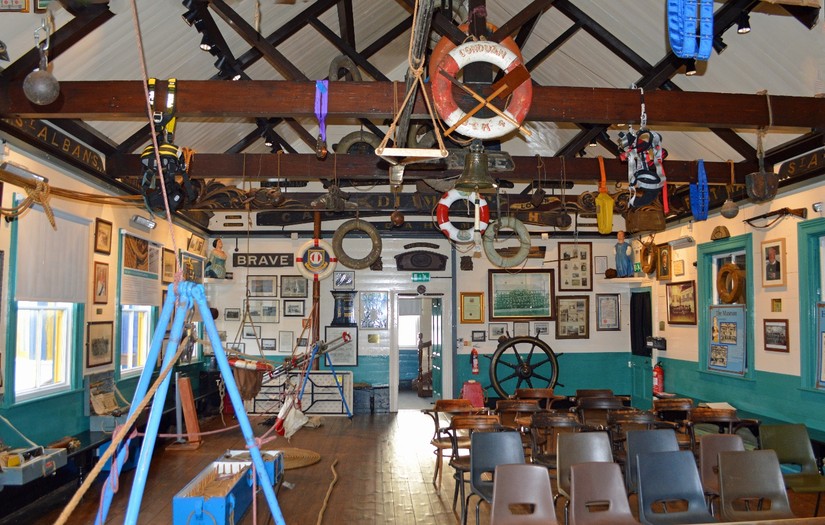
The RNLI (Royal National Lifeboat Institution) still does an extraordinary amount of work around Tyneside rescuing people and saving lives. These days the main operational centres at the north side of the mouth of the Tyne are at North Shields and Cullercoats. It still sometimes seems odd that so many lives are lost so close to land, but as long as you have people behaving like this a few yards from Cullercoats RNLI boathouse last winter, maybe we shouldn’t be surprised.
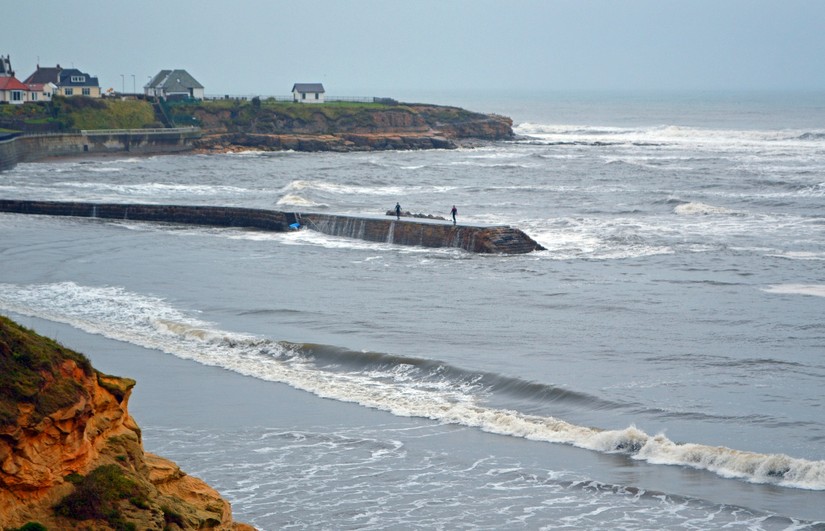
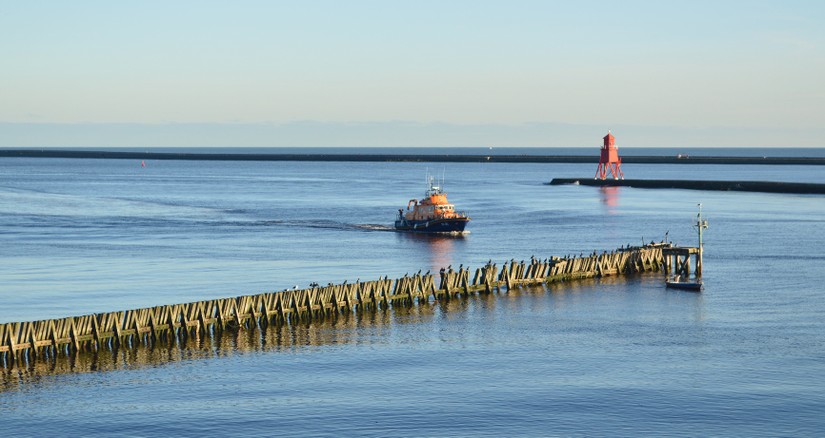
It is intended to run a similar Citizan day from the Old Low Light centre in North Shields in 2017.








